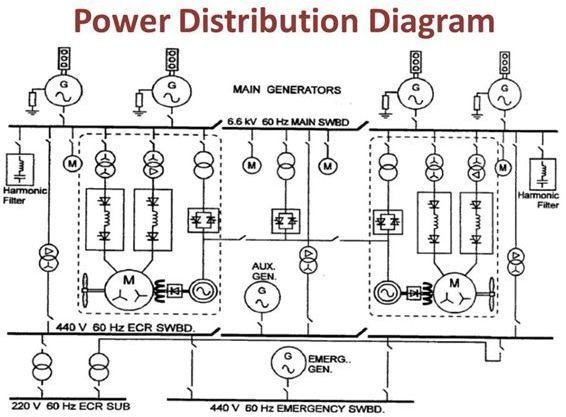

On the other hand, it is considered be yond the scope of this publication to give an explanation of how propulsion calculations as such are carried out, as the calculation procedure is extremely complex. This paper will, in particular, attempt to explain some of the most elementary terms used regarding ship types, ship’s dimensions and hull forms and clarify some of the parameters pertain ing to hull resistance, propeller condi tions and the diesel engine’s load diagram. Therefore, in order to arrive at a solution that is as optimal as possible, some general knowledge is essential as to the princi pal ship and diesel engine parameters that influence the propulsion system. Today, the primary source of propeller po we r is th e di es el en gi ne, an d th e po we r re qu ir em en t an d ra te of re vo lu ti on ver y much depend on the ship’s hull form and the propeller design. Ship propulsion normally occurs with th e h el p of a p ro p el l er, w h ic h i s th e te rm mo st wi de ly us ed in En gl is h, al though the word “screw” is sometimes seen, i nter ali a in comb inatio ns su ch as a “tw in scr ew” pr opu ls ion pla nt.
Pro pul sio n and engi ne run nin g poi nts.

Po wer fu nc ti on s an d log ar it hm ic sc al es.


 0 kommentar(er)
0 kommentar(er)
